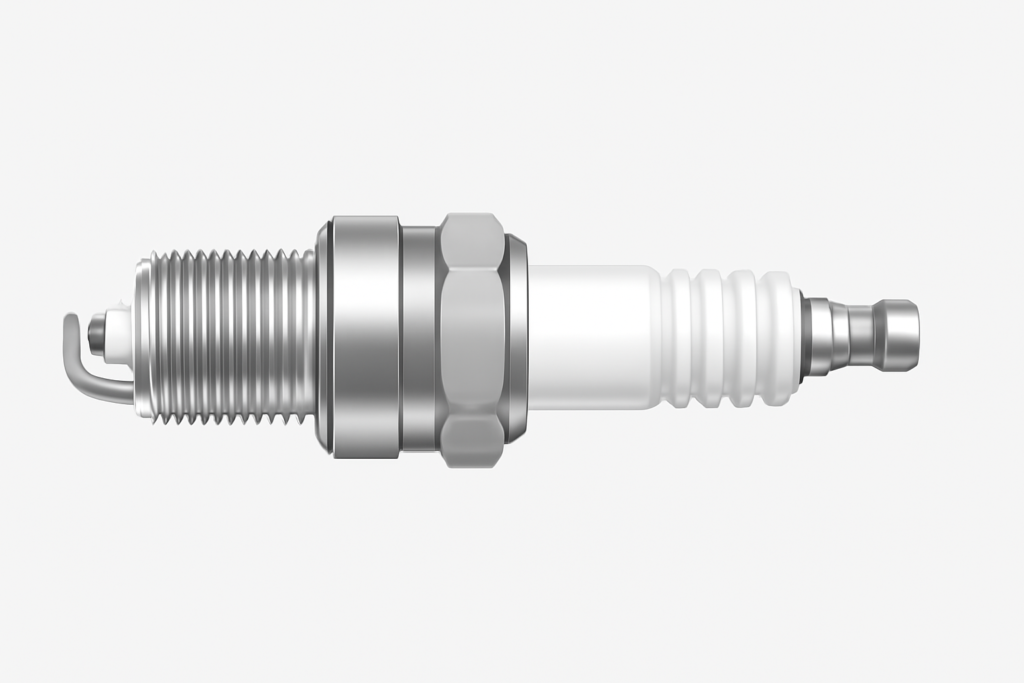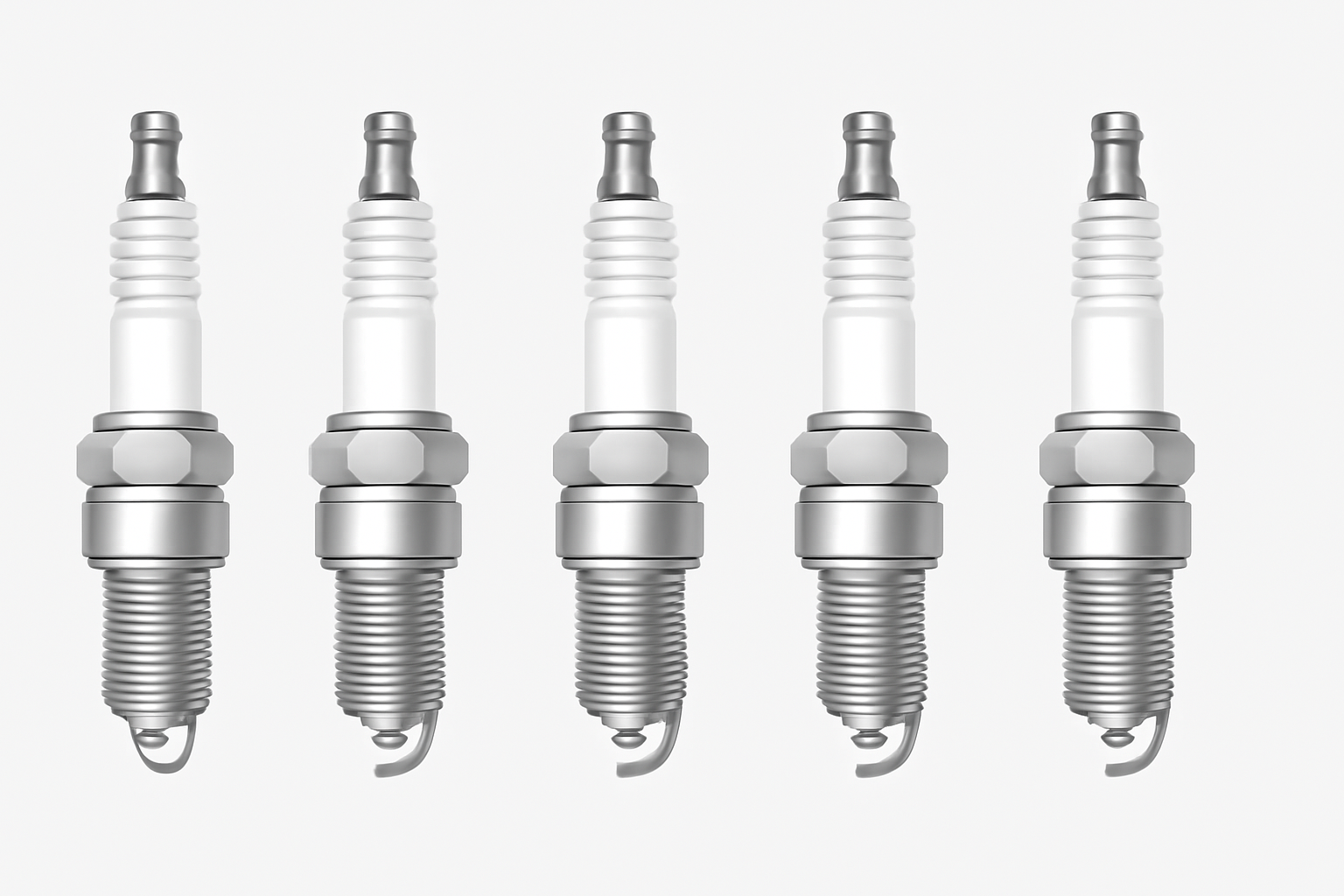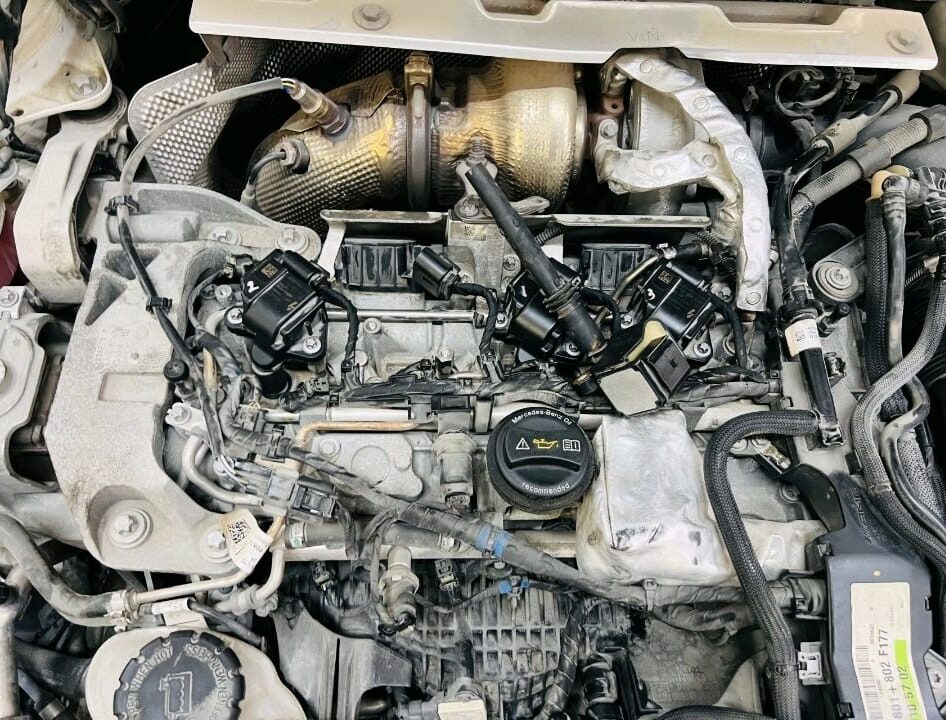How spark plug resistance affects spark: Spark plug resistance controls spark intensity; too high or too low can weaken the spark, leading to misfires or engine inefficiency.
The resistance of spark plugs plays a crucial role in the ignition process of your engine. If you’ve ever wondered how spark plug resistance affects spark and ultimately engine performance, you’re in the right place. In this article we will explain how spark plug resistance influences spark intensity, engine efficiency, and what it means for your vehicle’s overall health.
Contents
Spark Plug Resistance
Spark plug resistance refers to the level of electrical resistance present in the spark plug. This resistance is typically measured in ohms and can vary depending on the type of spark plug.
Spark plugs are designed to ignite the air-fuel mixture in the engine’s cylinders by creating a spark. This spark is generated by an electrical current that travels from the ignition coil, through the spark plug wire, to the spark plug itself. The resistance in the spark plug limits the amount of current that passes through it, which in turn affects the spark’s intensity and reliability.

How Does Spark Plug Resistance Affect Spark?
Spark plug resistance plays a significant role in the quality of the spark produced in the engine. It affects the spark:
1. Spark Intensity and Consistency
One of the main functions of spark plug resistance is to help regulate the intensity of the spark. A spark that is too weak may not ignite the air-fuel mixture efficiently, leading to misfires, rough idling, or poor engine performance. Conversely, a spark that’s too strong could cause premature ignition or damage to the engine components.
When resistance is optimized, the spark produced is strong enough to ensure efficient combustion without overloading the system. This consistent spark quality contributes to a smooth engine operation, better fuel efficiency, and improved overall performance.
2. Preventing Radio Frequency Interference (RFI)
Spark plugs with internal resistance are designed to reduce the amount of electromagnetic interference (EMI) or radio frequency interference (RFI) generated by the spark. This interference can disrupt the vehicle’s electronic systems and cause malfunctions. By using spark plugs with the proper resistance, you reduce RFI, ensuring that the vehicle’s onboard electronics, like the ignition control module and sensors, operate correctly.
3. Reducing Wear on the Ignition System
Spark plugs with too little resistance can put a strain on the ignition system. The ignition coil and other components may have to work harder to generate the necessary spark, which can lead to premature wear and failure. On the other hand, spark plugs with too much resistance can limit the spark quality, leading to incomplete combustion and misfires.
By maintaining the correct resistance, the ignition system operates within its optimal parameters, improving longevity and preventing potential damage.
How Spark Plug Resistance Affects Engine Performance
The resistance in spark plugs directly impacts the efficiency and performance of the engine. Here’s how:
1. Fuel Efficiency
Spark plug resistance plays a key role in fuel efficiency. A properly functioning spark plug generates a strong spark that ensures complete combustion of the air-fuel mixture. This leads to better fuel utilization, as more energy is extracted from the fuel, and the engine runs efficiently.
If the spark is weak due to improper resistance, the engine may not burn the fuel completely, causing it to work harder to reach the desired performance levels. This results in poor fuel efficiency, as more fuel is consumed to produce less power.
2. Engine Power
The spark intensity created by the spark plug directly affects engine power. When spark plugs have the correct resistance, the spark is strong enough to ignite the air-fuel mixture efficiently, resulting in smoother power delivery from the engine. Engines with well-performing spark plugs often have more power and acceleration because combustion is happening consistently and optimally.
If the resistance is too high or too low, it can lead to inconsistent sparks, which can cause power loss, hesitation, or stuttering when accelerating.
3. Emissions Control
A properly adjusted spark plug resistance helps in minimizing harmful emissions from the engine. Incomplete combustion, caused by weak or erratic sparks, leads to the production of excess hydrocarbons, carbon monoxide, and other pollutants. By ensuring the spark is strong and reliable, spark plug resistance helps the engine run cleaner and produce fewer emissions.
Many modern vehicles are equipped with catalytic converters and other emissions control systems that rely on the engine running efficiently. Correct spark plug resistance helps ensure these systems function properly by enabling efficient combustion.
Types of Spark Plug Resistance
Different types of spark plugs offer varying levels of resistance, and each has its advantages depending on the vehicle’s needs. Here’s a breakdown of the types of spark plug resistance:
1. Standard Spark Plugs
Standard spark plugs typically have low resistance and are ideal for older vehicles that don’t require high levels of electronic interference control. These spark plugs allow for a higher current flow, which can be beneficial for older ignition systems, but they might cause more electromagnetic interference.
2. Resistor Spark Plugs
Resistor spark plugs have built-in resistance, usually in the range of 5,000 to 10,000 ohms. These plugs help reduce the amount of radio frequency interference generated by the spark, making them a better choice for modern vehicles with advanced electronic systems. They prevent issues such as erratic signal interference, which can negatively affect engine management systems.
3. Iridium and Platinum Spark Plugs
Iridium and platinum spark plugs typically have built-in resistance as well, but they also offer superior durability and performance. These spark plugs are often found in high-performance and newer vehicles and are designed to last longer while maintaining optimal resistance levels.
How to Choose the Right Spark Plug Resistance for the Vehicle
Choosing the right spark plug resistance for the vehicle is essential for optimal engine performance. Here are a few tips on how to make the right choice:
1. Refer to the Vehicle Manual
The vehicle manufacturer’s manual will usually specify the recommended spark plug resistance for your vehicle. Always follow these specifications to ensure that the spark plugs will work efficiently with your engine’s ignition system.
2. Consider the Engine Type
Engines with more advanced electronics may require spark plugs with higher resistance to prevent interference with sensors, onboard computers, and other electrical systems. In contrast, older engines may perform better with spark plugs that have lower resistance.
3. Check the Spark Plug Material
Iridium and platinum spark plugs typically have better resistance and longer lifespan. If your vehicle is newer or high-performance, these might be the best options. Standard spark plugs may be suitable for older or less demanding vehicles.
Frequently Asked Questions
Here are some FAQs about how spark plug resistance affects spark –
1. What happens if the spark plug resistance is too high?
If the resistance is too high, it can lead to a weak spark, causing misfires, rough idling, and poor engine performance. It may also strain the ignition system.
2. Can spark plug resistance affect fuel efficiency?
Yes, incorrect spark plug resistance can lead to incomplete combustion, which results in poor fuel efficiency as more fuel is required to produce the same amount of power.
3. How do I know which spark plug resistance is right for my car?
Refer to your vehicle’s manual or consult with an auto parts professional to determine the recommended spark plug resistance based on your car’s make, model, and engine type.
4. Are resistor spark plugs necessary for modern vehicles?
Yes, modern vehicles with advanced electronic systems and sensors often require resistor spark plugs to reduce electromagnetic interference that could affect the vehicle’s electronics.
5. How often should spark plugs be replaced?
Spark plugs typically need to be replaced every 30,000 to 100,000 miles, depending on the type of spark plug and your vehicle’s requirements.
Conclusion
Spark plug resistance plays a critical role in the ignition process and overall engine performance. Proper resistance ensures that the spark is strong enough for efficient combustion while also preventing electrical interference and reducing wear on the ignition system. By choosing the right spark plugs with the appropriate resistance for the vehicle, you can improve fuel efficiency, reduce emissions, and enjoy better engine performance.





